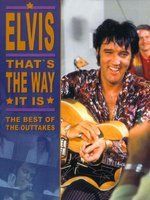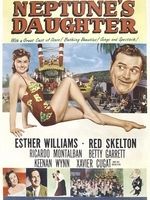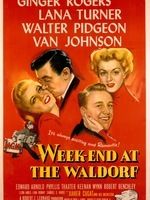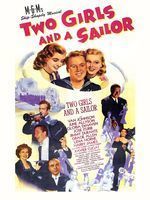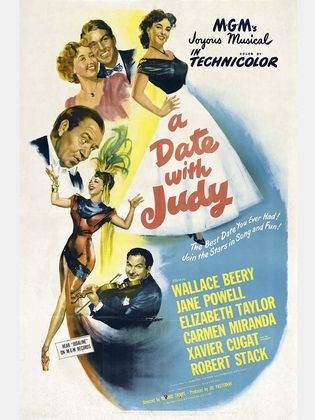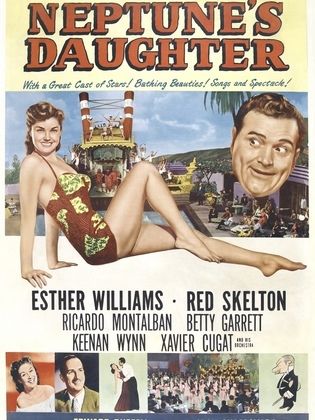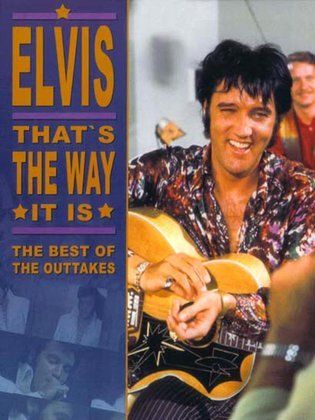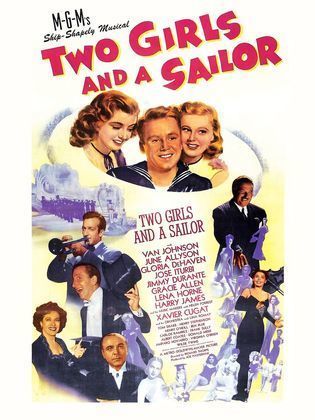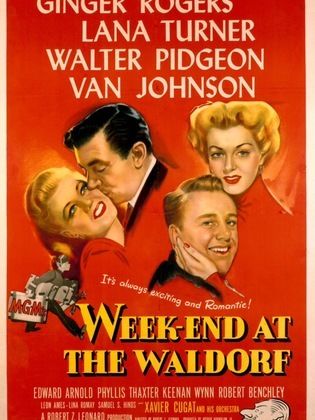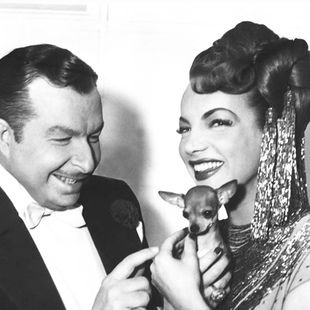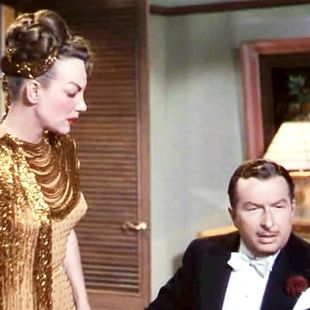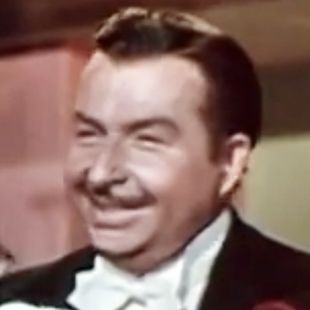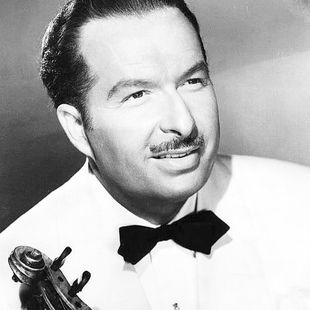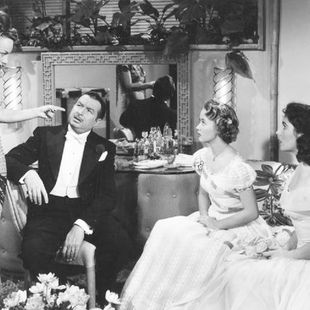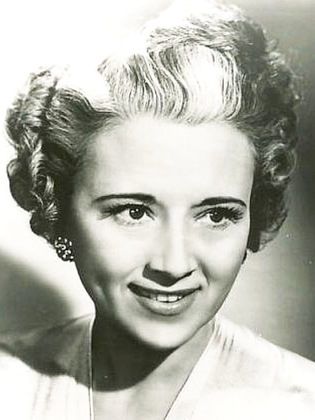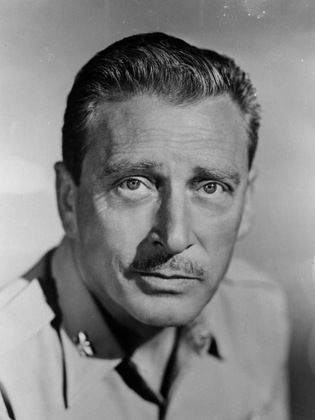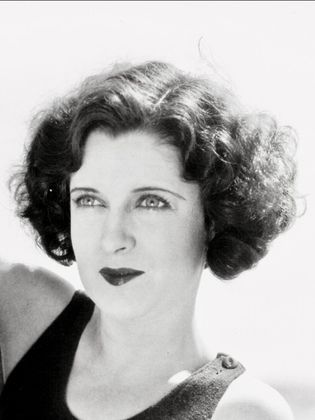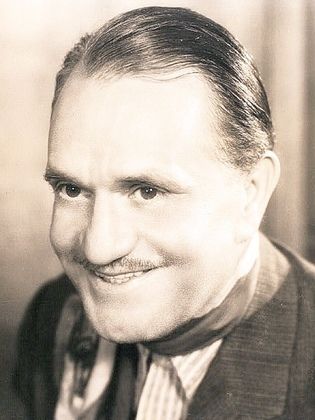Xavier Cugat (1900 - 1990) خافير كوجات
Biography
A Spanish musician and actor, born in Girona, Catalonia, Spain, as Francisco de Asís Javier Cugat Mingall de Bru y Deulofeu. He spent his formative years in Havana, Cuba. He was a violinist and coach, and had a great influence on the spread of Latin music in America. He was also...Read more a cartoonist and restaurant owner. His family immigrated to Cuba when he was three years old after his father was imprisoned on a political charge. He studied classical violin and worked as a violinist in a silent cinema when he was nine, to help with the costs of his studies. In 1915, he and his family headed to New York. In the twenties, he led a band that played in a famous club in Los Angeles, and added tango dancers to the band’s performances. Due to the popularity of the dance, he hired instructors to teach tango, and he worked for the Los Angeles Times as a cartoonist. In 1931, for 16 years, he led the Waldorf-Astoria Orchestra, moving between Los Angeles and New York. His musical career led to a cinematic appearance, as a player or conductor of the orchestra, and his first appearance was in the film The Four Horsemen of the Apocalypse (1921) as a violinist. He suffered a stroke in 1971, which put him out of work. He received two stars on the Hollywood Walk of Fame in 1960 for his work in music recordings and television. He was married five times and had no children, and all of his marriages ended in divorce. Among his credits are Two Weeks Notice (2002), The Matador (2005) and Radio Days (1987). He died from heart failure in Barcelona, Catalonia, Spain on October 27, 1990, at age 90.
-
- Nationality:
- Spain
-
- Birth Country:
- Spain
-
- Died on:
- 27 October 1990
-
- Death Country:
- Spain
Watch Online (Sponsored By Yango Play)
-
-
- 2 Qahwa
- 2025 - Series
-
-
- Ward w Shokolata
- 2025 - Series
-
-
- One Last Sin
- 2025 - Series
-
-
- Al Shater
- 2025 - Movie
-
-
- Siko Siko
- 2025 - Movie
-
-
- Rocky El Ghalaba
- 2025 - Movie
Known for
(According to views)
More details
A Spanish musician and actor, born in Girona, Catalonia, Spain, as Francisco de Asís Javier Cugat Mingall de Bru y Deulofeu. He spent his formative years in Havana, Cuba. He was a...Read more violinist and coach, and had a great influence on the spread of Latin music in America. He was also a cartoonist and restaurant owner. His family immigrated to Cuba when he was three years old after his father was imprisoned on a political charge. He studied classical violin and worked as a violinist in a silent cinema when he was nine, to help with the costs of his studies. In 1915, he and his family headed to New York. In the twenties, he led a band that played in a famous club in Los Angeles, and added tango dancers to the band’s performances. Due to the popularity of the dance, he hired instructors to teach tango, and he worked for the Los Angeles Times as a cartoonist. In 1931, for 16 years, he led the Waldorf-Astoria Orchestra, moving between Los Angeles and New York. His musical career led to a cinematic appearance, as a player or conductor of the orchestra, and his first appearance was in the film The Four Horsemen of the Apocalypse (1921) as a violinist. He suffered a stroke in 1971, which put him out of work. He received two stars on the Hollywood Walk of Fame in 1960 for his work in music recordings and television. He was married five times and had no children, and all of his marriages ended in divorce. Among his credits are Two Weeks Notice (2002), The Matador (2005) and Radio Days (1987). He died from heart failure in Barcelona, Catalonia, Spain on October 27, 1990, at age 90.
Trivia:
- He was posthumously inducted into the Latin Music Hall of Fame in 2001.
- He owned and operated the Mexican restaurant Casa Cugat in West Hollywood, where celebrities frequented the restaurant, which opened in the 1940s and closed in the 1980s.
- Nationality:
- Spain
- Birth Name:
- Francisco de Asis Javier Cugat Mingall de Bru y Deulofeu
- Nickname:
- ملك الرومبا / كوجي
- Nickname in English:
- The Rumba King / Cugie
- Birth Country:
- Spain
- Died on:
-
27 October 1990
[قصور فى القلب]
- Death Country:
- Spain
- Death City:
- Barcelona








